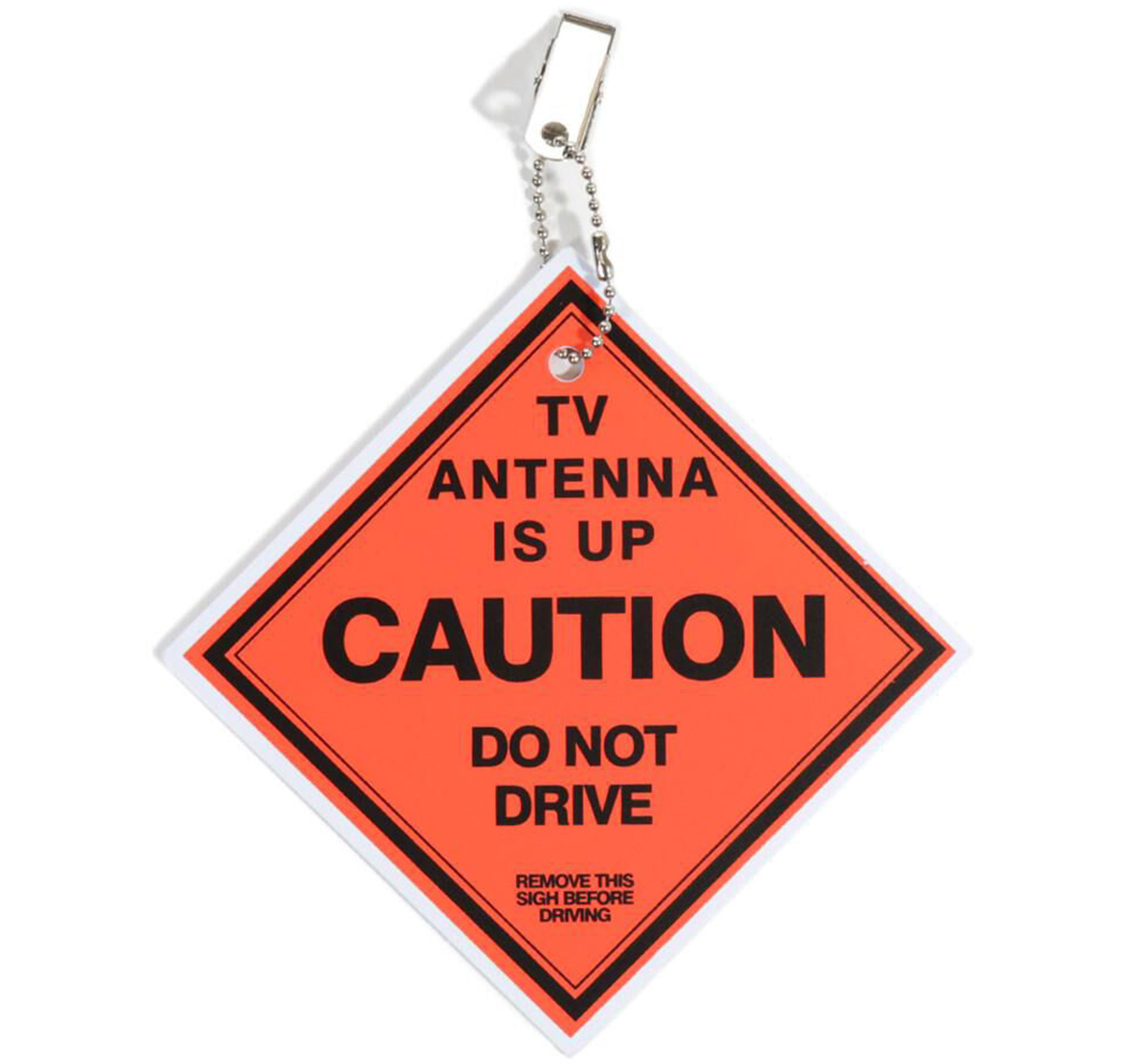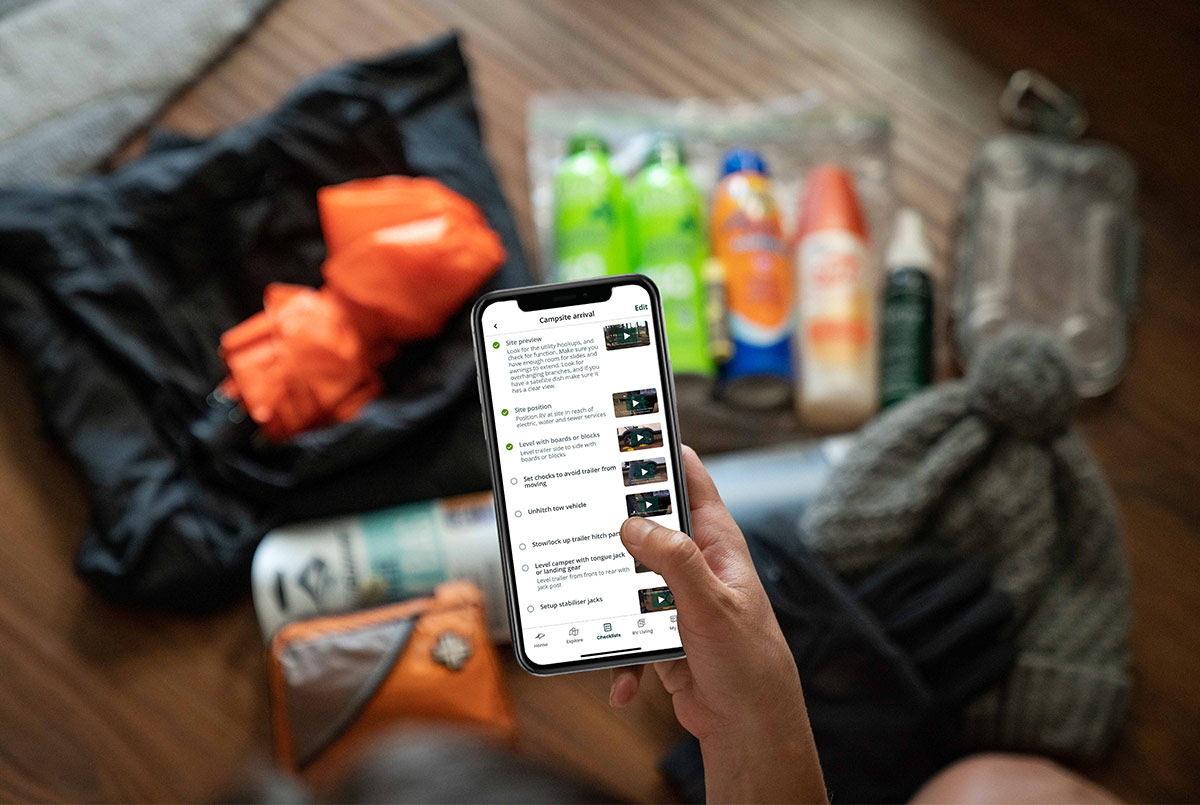Pre-Drive Safety Checks

From the Inside, Out
Let’s start with the inside. As you secure your rig for travel, make sure all movable objects in the cabin are secured. This includes loose furniture (like dinette chairs) countertop appliances, etc. Cabinets should be closed completely — double-check cabinets in the path of a slideout room to make sure nothing inside them can shift and pop the door open. If it catches in the moving slideout, a lot of damage can result, so use rubber bands or child locks to keep these doors closed if necessary. Keep heavy items in the refrigerator secure with spring bars (made by Camco and available through Amazon and Walmart) and remove the glass plate in the microwave and store it in a lower cabinet.

Glass shower doors commonly break during travel, as do sliding glass/mirrored closet doors. Make sure they are all secured, along with any pocket doors and bathroom doors. Ideally, the water heater and water pump should be turned off while in transit. Instant-on water heaters like the Truma Aqua-Go must be off while driving. If driving in cold weather, a 12-volt DC heater is available from Truma and must be used to keep the unit from freeze damage.
If you have a crank-up TV antenna, make sure it’s down; Camping World sells a sign called the Antenna Saver that is, well, an antenna saver. It clips nicely on the rotator and can also be moved to a prominent location, like the slideout switches or the driver’s side sun visor. You can also modify them with a label maker for other things you don’t want to forget.
Outside Overview
When securing the outside, having a regular routine will help make sure you hit all the important points each time, and a checklist will help. Apps like the TOGO Plus app (you can get a great discount if you’re an RVE subscriber: https://magazine.rventhusiast.com/special-offers/) have a great selection of checklists that you can even modify for your own rig.

Of course, you want to make sure all your utility connections are cleared and the hoses and cables are put away properly. You don’t want to be “that RVer” that is seen dragging their power cord and sewer hose down the interstate. Check around the site and underneath the rig for any items left behind. Check the roof of each slide out for any debris like sticks, pine cones, etc.; clear before retracting. Jacks should be retracted and checked to make sure they are all the way up.
Standard DOT checks are always in order and change somewhat depending on your RV, but always include lights, fluids, sewer pipe caps, tires and tire pressures, compartment security and a general walkaround to make sure everything is properly set and good to go. Clean the windshield, mirrors, headlights and taillights. Hitch checks are especially important if you’re towing a trailer or dinghy vehicle. Make sure everything is secure and your hitch locks are in place.
By adopting the pre-trip rituals of pilots (and commercial truck drivers) you can help prevent unpleasant surprises — and be safe in the knowledge that your rig is ready for travel, every time.
Already a Subscriber? Click here for Access to the Full Issues.

